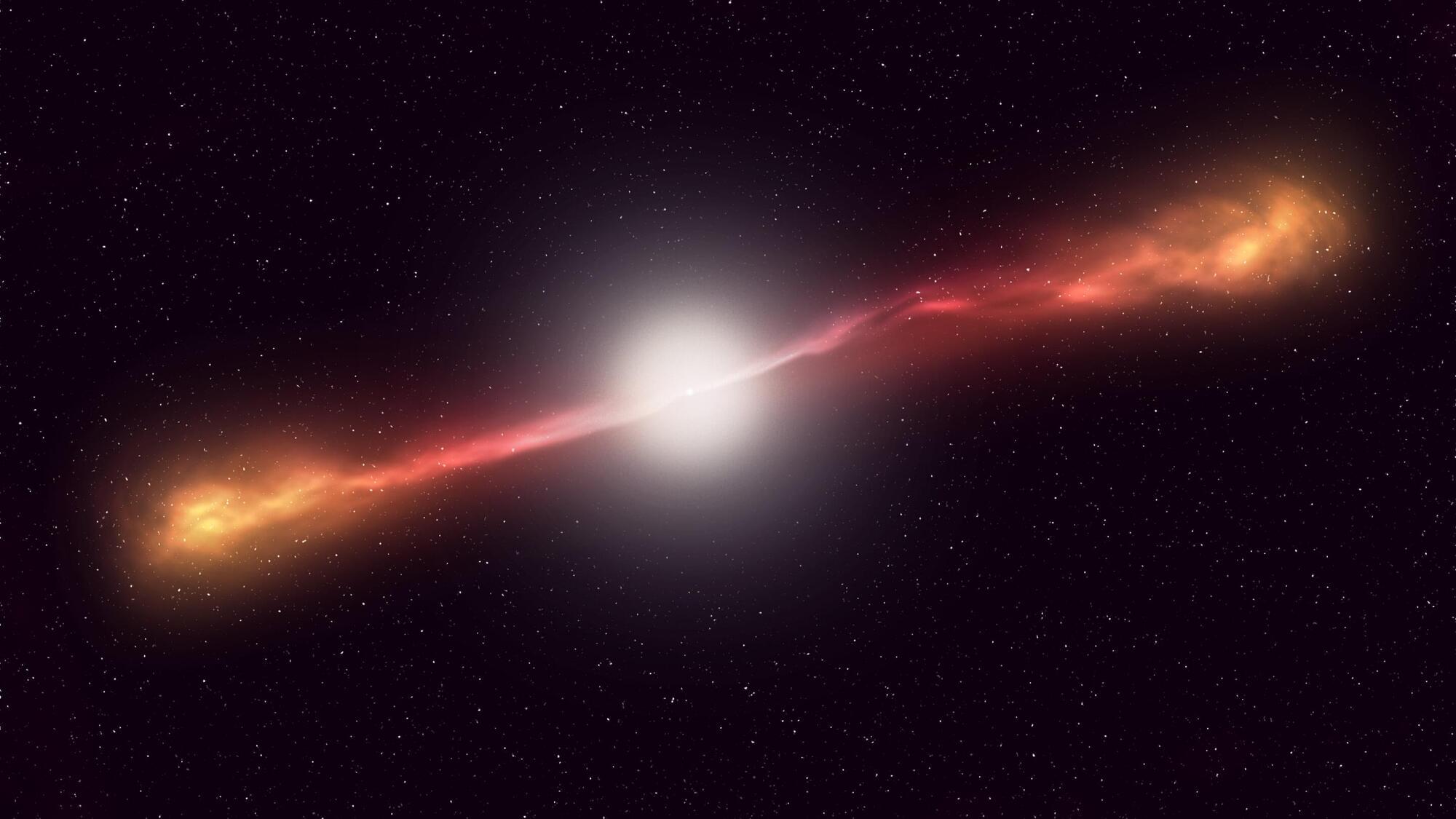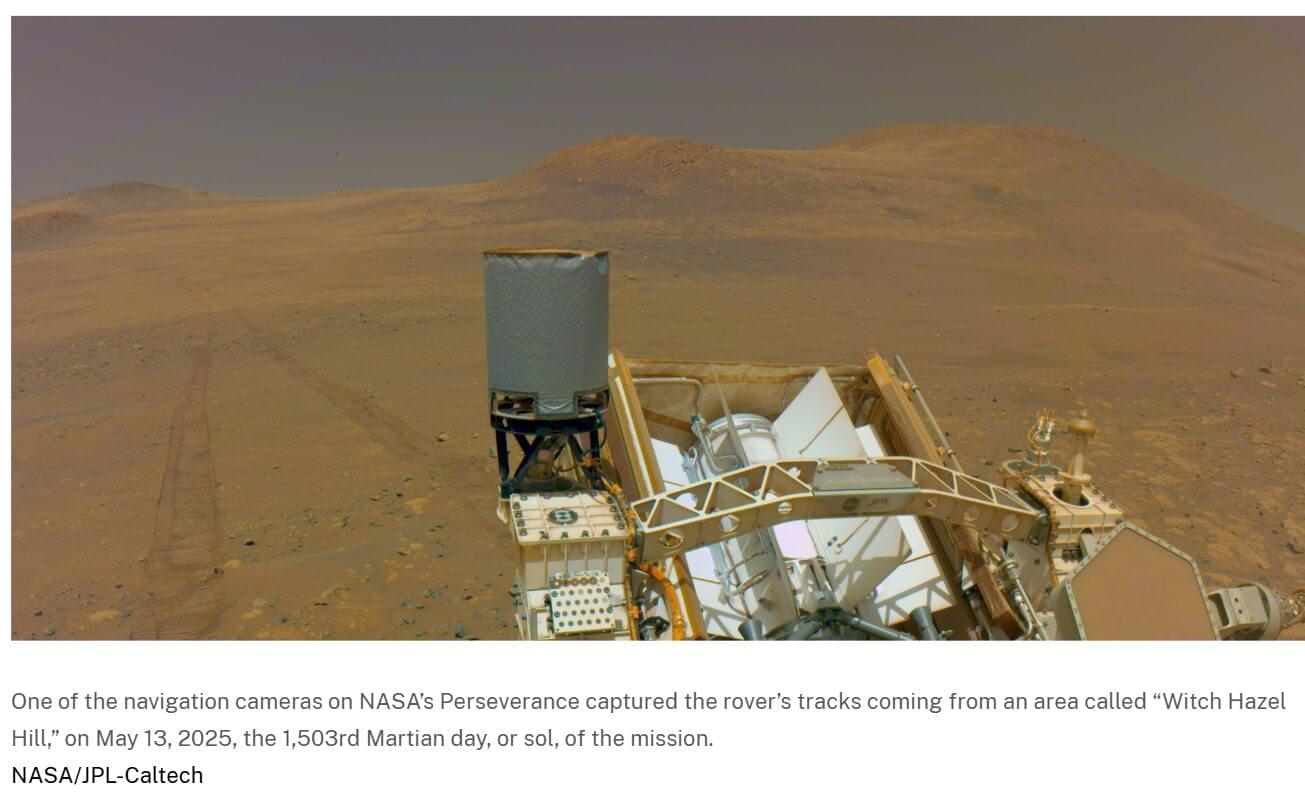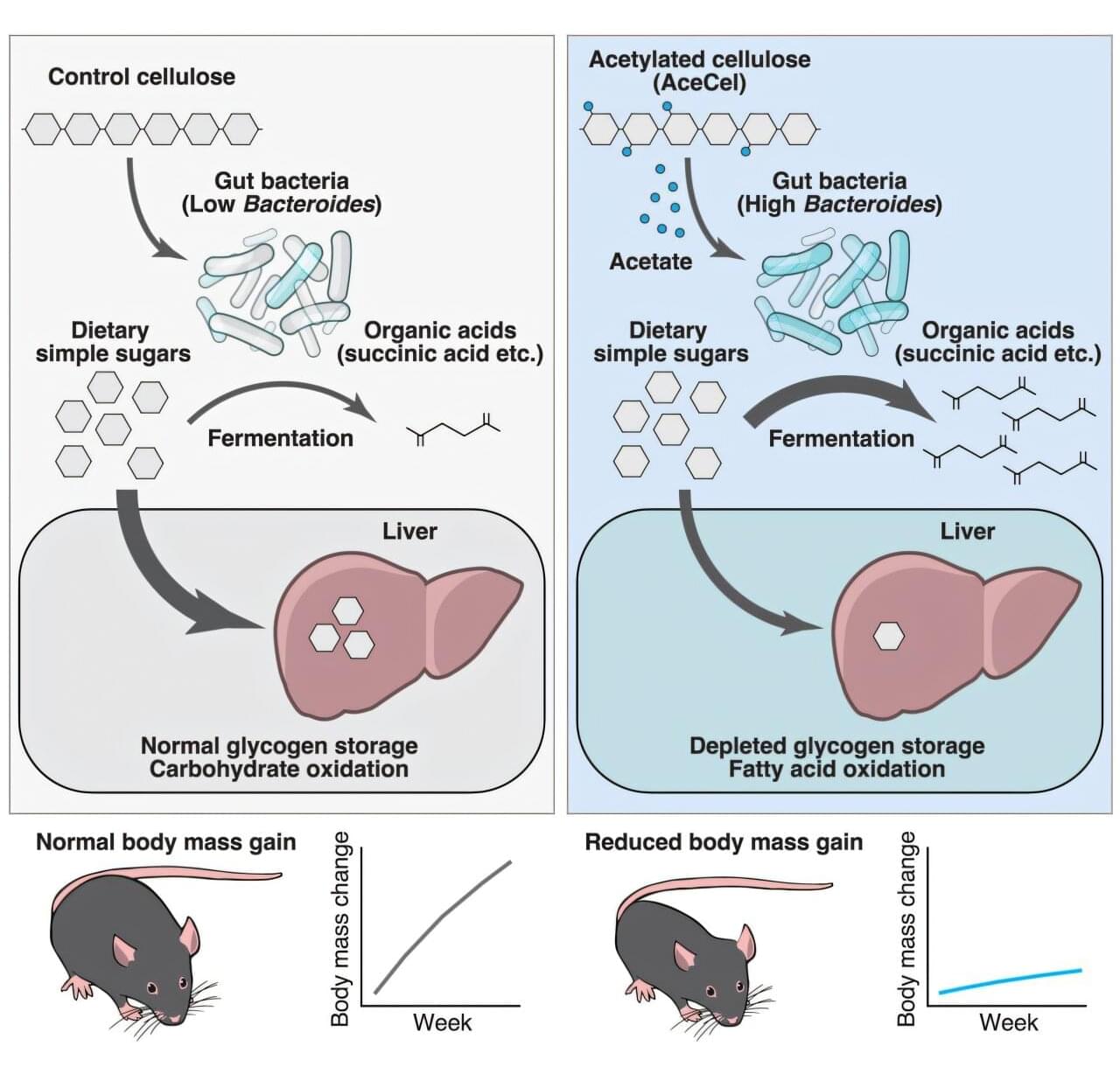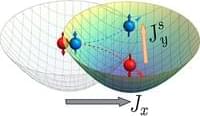Scientists may have found a planet orbiting two brown dwarfs at a wild 90-degree tilt—something never seen before.
Get the latest international news and world events from around the world.

Study shows how scientists can use black holes as supercolliders
As federal funding cuts impact decades of research, scientists could turn to black holes for cheaper, natural alternatives to expensive facilities searching for dark matter and similarly elusive particles that hold clues to the universe’s deepest secrets, a new Johns Hopkins study of supermassive black holes suggests.
The findings, which appear in Physical Review Letters, could help complement multi-billion-dollar expenses and decades of construction needed for research complexes like Europe’s Large Hadron Collider, the largest and highest-energy particle accelerator in the world.
“One of the great hopes for particle colliders like the Large Hadron Collider is that it will generate dark matter particles, but we haven’t seen any evidence yet,” said study co-author Joseph Silk, an astrophysics professor at Johns Hopkins University and the University of Oxford, UK.
How the Milky Way-Andromeda merger became so uncertain
For decades, astronomers have claimed the Milky Way will merge with Andromeda in ~4 billion years. Here’s why, in 2025, that seems unlikely.


Scientists unravel diverse behaviors of Cascade volcanoes in subduction zone studies
The 1980 eruption cycle made Mount St. Helens one of the most famous and now best-monitored volcanoes in the Cascades. But it is far from the only volcano in the range.
From southern British Columbia to Northern California, the Cascade Range comprises an 800-mile chain of volcanoes.
So, how did this volcanic landscape come to be?

Perseverance Mars rover to take a bite of ‘Krokodillen’ region
NASA’s Perseverance Mars rover is exploring a new region of interest the team is calling “Krokodillen” that may contain some of the oldest rocks on Mars. The area has been on the Perseverance science team’s wish list because it marks an important boundary between the oldest rocks of Jezero Crater’s rim and those of the plains beyond the crater.
“The last five months have been a geologic whirlwind,” said Ken Farley, deputy project scientist for Perseverance from Caltech in Pasadena. “As successful as our exploration of ‘Witch Hazel Hill’ has been, our investigation of Krokodillen promises to be just as compelling.”
Named by Perseverance mission scientists after a mountain ridge on the island of Prins Karls Forland, Norway, Krokodillen (which means “the crocodile” in Norwegian) is a 73-acre (about 30-hectare) plateau of rocky outcrops located downslope to the west and south of Witch Hazel Hill.

Gut bacteria and acetate team up to cut fat in mice without muscle loss
Researchers led by Hiroshi Ohno at the RIKEN Center for Integrative Medical Sciences (IMS) in Japan have discovered a new way to reduce obesity. Their study shows that supplying the gut with extra acetate reduces fat and liver mass in both normal and obese mice, as long as bacteria of the Bacteroides species are also present in the gut.
When both these conditions are met, gut bacteria can eliminate more sugars from the gut and promote the burning of fats for energy in the host. The findings were published in Cell Metabolism.
Affecting hundreds of millions of people around the world, obesity constitutes a global epidemic. It is linked to eating too much sugar and starchy foods and is known to increase the risk of heart disease, type-2 diabetes, and cancer. At the same time, studies show that eating fiber reduces the risk of these very same diseases—even though it cannot be digested directly by mammals.


